Times of famine and hardship
I returned to the Long Xuyen Quadrangle during the flood season, when the water had flooded the fields, carrying with it alluvium, fish, shrimp, and memories of a difficult time. The land that was once called by sad names: “the land of monkeys and storks”, “salty water and sour fields”, “dead fields”… has now covered itself with a green and prosperous color. Those seemingly legendary things are still in the memories of the elders, who have witnessed the past eight decades.
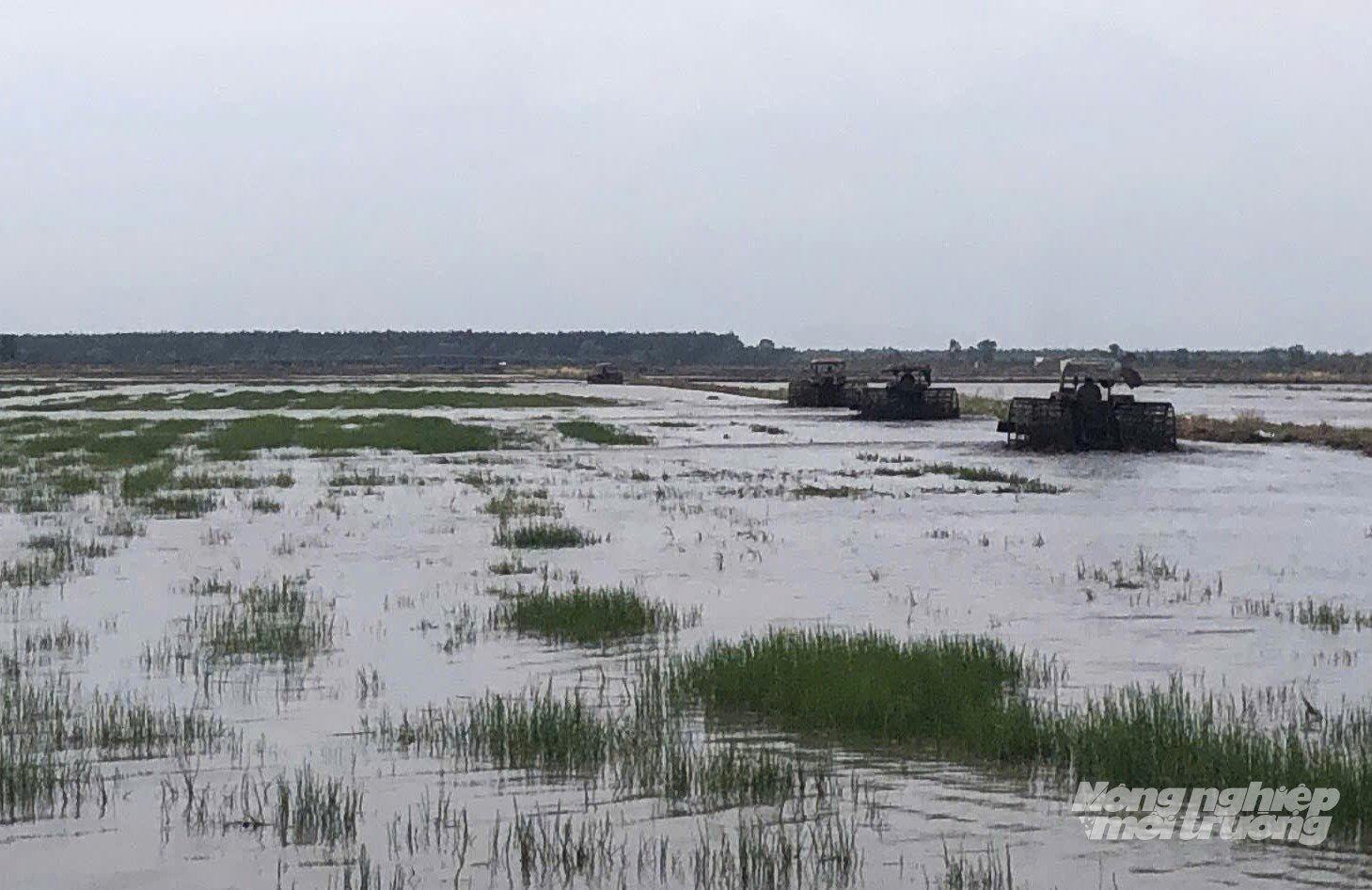
Early mechanization in land reclamation in the Long Xuyen Quadrangle. Photo: Trung Chanh.
The Long Xuyen Quadrangle is an area of over 470 thousand hectares, with four sides bounded by the Vietnam-Cambodia border, the Gulf of Thailand, the Cai San Canal and the Hau River, with four “corner peaks” being the urban areas of Chau Doc, Long Xuyen, Rach Gia and Ha Tien. Previously, Melaleuca forests, mixed trees and weeds dominated the Long Xuyen Quadrangle, with only one crop of floating rice growing a year - the only thing that fed birds and humans.
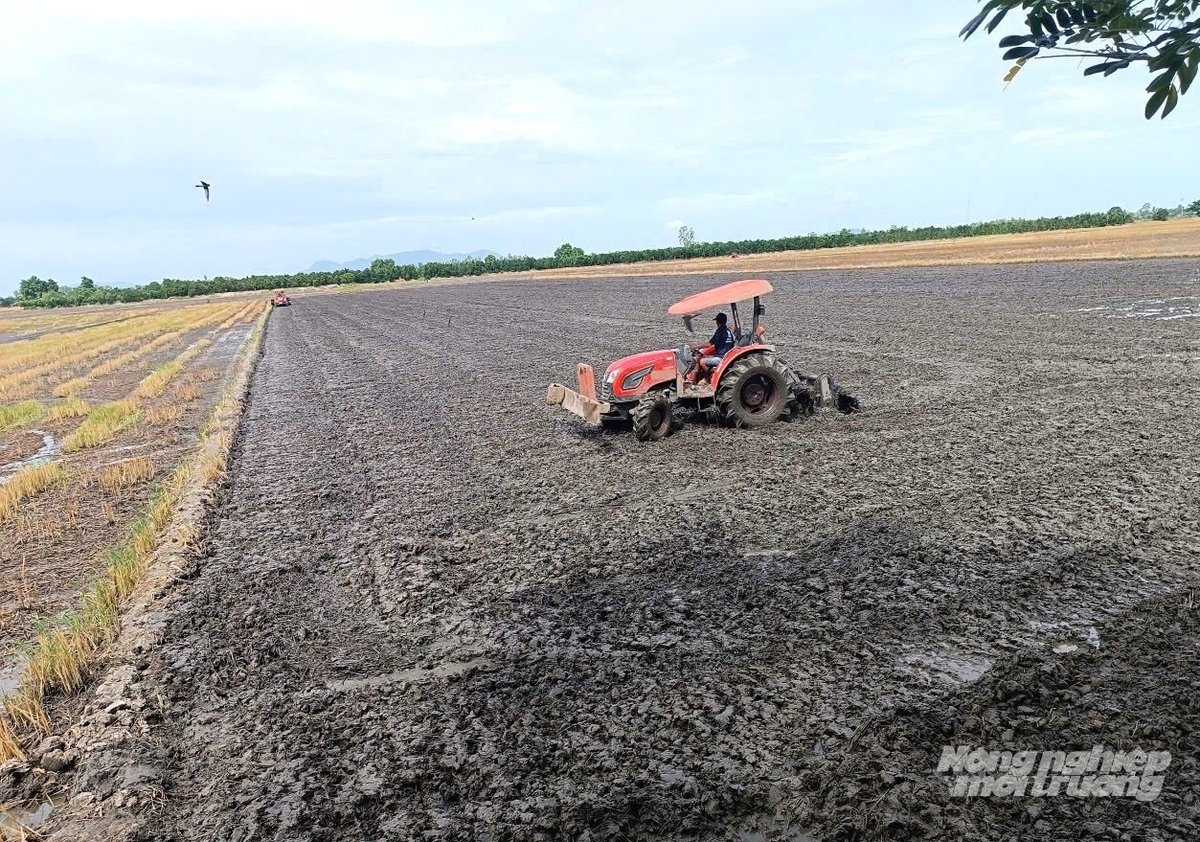
Tilling the land with machines before planting rice on vast fields in the Long Xuyen quadrangle. Photo: Trung Chanh.
Being a vast land with a sparse population, rich in potential but untapped, farmers in the area depend on “heavenly water” for their cultivation, suffering from alum and salinity, cracked soil in the dry season, flooded fields in the rainy season, and unstable production. There were years when the rice crop failed, and the whole region was constantly hungry. The situation of crop failure lasted for a long time, and people had to live on famine relief rice or international aid.
In a spacious house in Nam Thai Son (now Hon Dat commune, An Giang province), Mr. Nguyen Van Hieu (89 years old) recounted in a hoarse voice: “Back then, whoever wanted to work had to clear the land to plant, there was a lot of land but few people. My family had seven mouths to feed, each year we only did one crop of rice, getting two bushels per hectare was very happy. If the crop failed, there was not enough rice until Tet, the government had to distribute rice to relieve hunger.”

Spacious houses built next to rice fields in the Long Xuyen Quadrangle. Photo: Trung Chanh.
These simple stories recall a long period when farmers in the Long Xuyen Quadrangle could only focus on the land, sow rice, and harvest rice in hardship. But amidst the hardship, a burning desire was still nurtured, that is, to be able to take care of their own meals and escape the situation of asking for food aid.
Land reclamation - miracle from irrigation
Since 1975, the Long Xuyen Quadrangle has been in the process of revival. Before that, during the period 1945 - 1975, the rice growing area here was large but the productivity was low due to the war and the lack of irrigation system. This reality has opened up a new vision: to do agriculture, one must start from water.
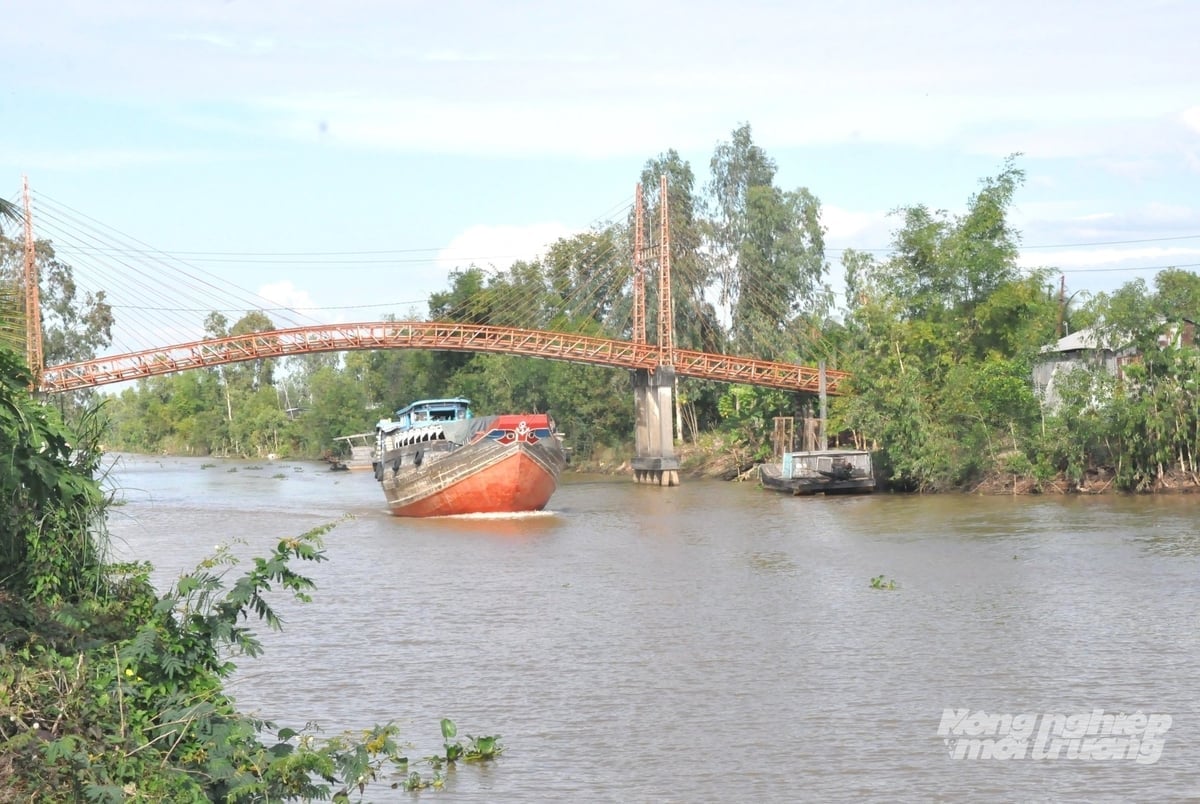
T5 canal was named Vo Van Kiet canal by An Giang, the canal leading to the opening of the Long Xuyen Quadrangle. Photo: Trung Chanh.
Entering the 1980s - 1990s, when the renovation spread to each field, tens of thousands of farmers returned to this deserted area to reclaim and open up land. Large and small canals were connected to each other, bringing fresh water to the fields. Along with that, a series of key projects invested by the Central Government, the flood drainage system to the West Sea, dykes and sluices to prevent saltwater intrusion along the coast opened a new era for agricultural production in the whole region.
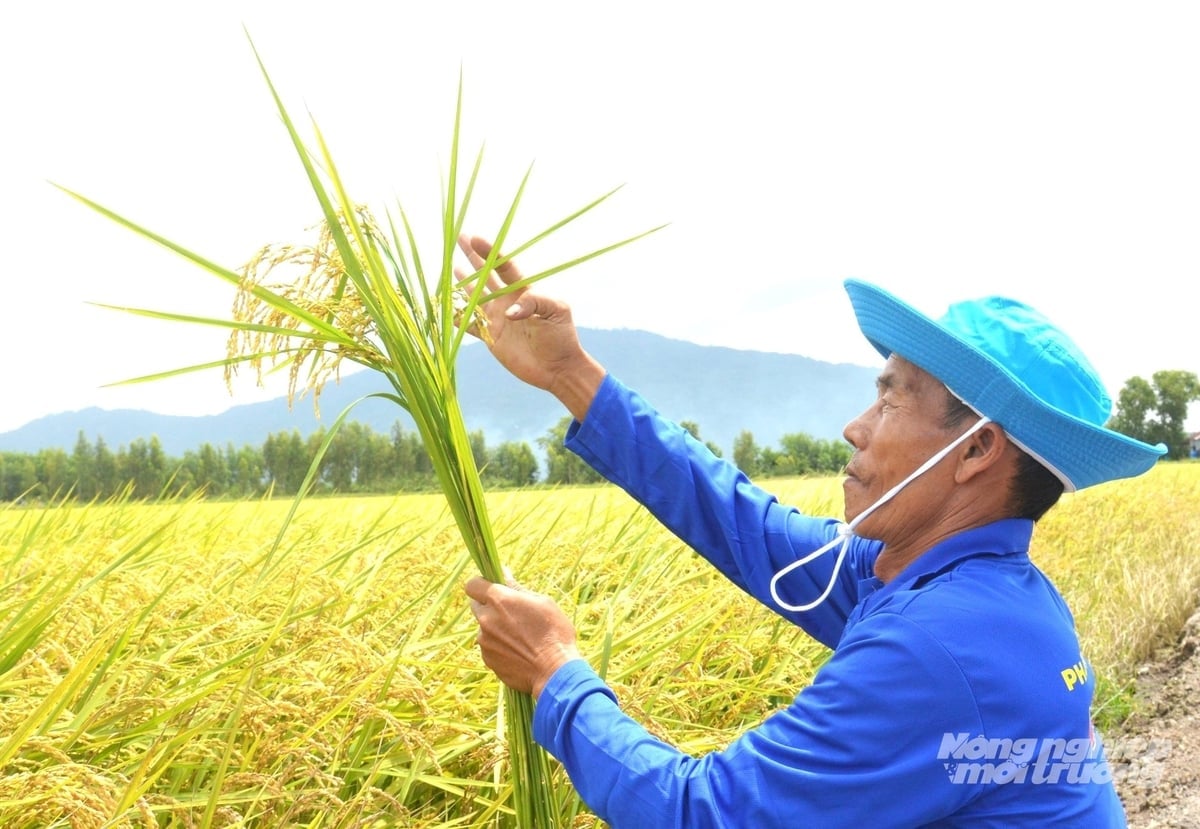
From a barren land, the Long Xuyen Quadrangle has been reclaimed with fertile fields, becoming the country's rice granary. Photo: Trung Chanh.
Wherever the canals were dug, rice fields followed. People boldly introduced short-term, high-yield rice varieties into production. Many places switched from one crop to two or three. In Kien Giang province alone, if in 1999 the rice output was only over 2 million tons, by 2006 it had surpassed 3 million tons, considered a miraculous leap forward for the agricultural sector. Farmers were no longer hungry but began to have surplus rice to sell on the market.
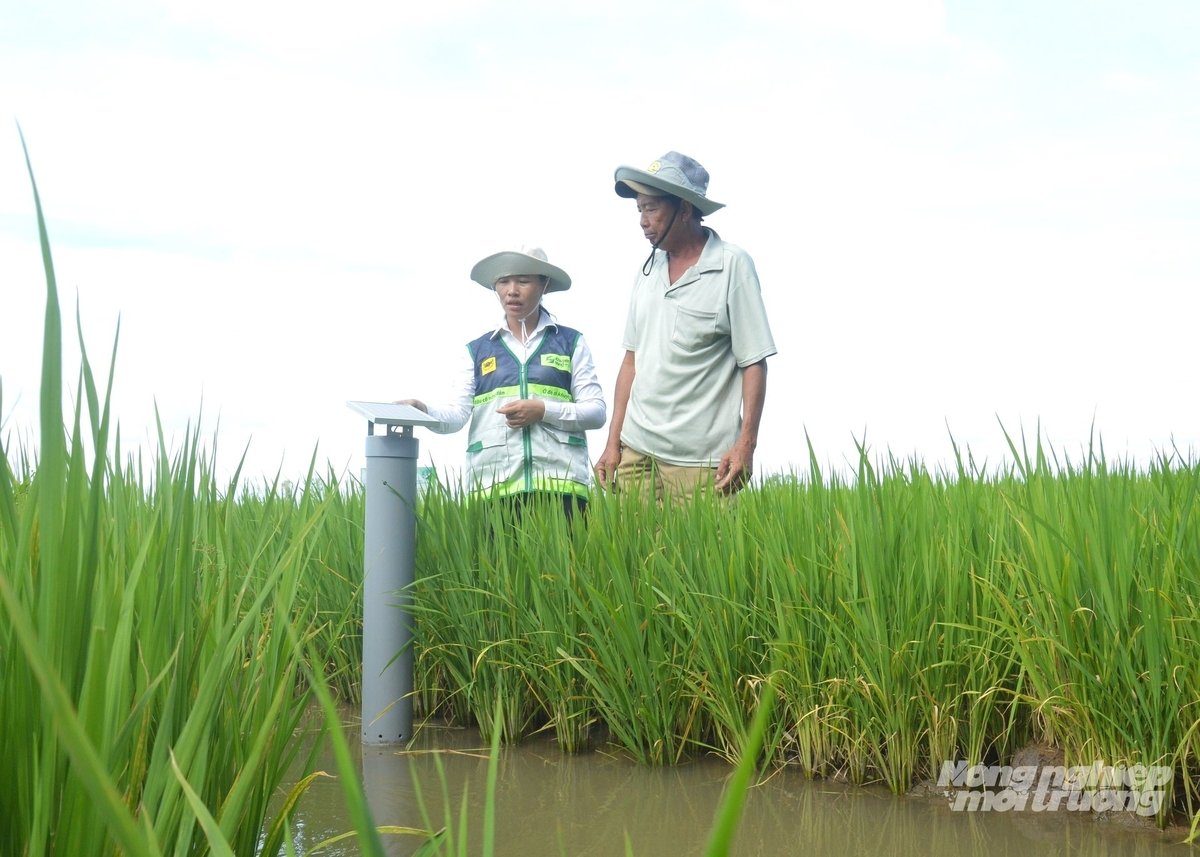
Agricultural extension officers work with farmers in the Long Xuyen Quadrangle to create bumper harvest seasons. Photo: Trung Chanh.
Along with the irrigation system, agricultural extension, mechanization and seed replacement programs were implemented synchronously. Agricultural economic and technical teams covered all communes and wards. This was a "special" model of Kien Giang (old), agricultural extension officers were sent to the grassroots to stay in the fields, provide technical guidance, and handle pests on the spot. Thanks to that, for many years in a row, the locality did not have major pests, rice productivity was maintained at 6 - 7 tons/ha/crop, bringing the total output to a record of nearly 4.5 million tons in 2013.
At the same time, the movement of socializing rice varieties and mechanizing agriculture helps farmers to be proactive in production. Modern harvesters, dryers, and plows help reduce losses and increase the value of rice grains. Over 90% of the area is sown with export-standard seeds, making the Long Xuyen Quadrangle the "golden field" of the Mekong Delta.

In the Long Xuyen Quadrangle, there are many farmers who own dozens of hectares of land, each crop producing tens of thousands of bushels of rice. Photo: Trung Chanh.
From a grain of rice used to relieve hunger, rice has now become a commodity that enriches, a symbol of new vitality. On the once barren land, red tiled roofs and endless rice fields have replaced the image of melaleuca forests and wild grass of the past.
Green rice of the new era
Entering the period of merging An Giang - Kien Giang into the new An Giang province, the Long Xuyen Quadrangle seems to have expanded its development vision. The agricultural production space stretches from the headwaters of the Hau River to the West coast, forming a closed ecological chain: rice - fish - shrimp - forest - sea - island.

Modern fields participating in the 1 million hectare high-quality rice project are being implemented in the Long Xuyen Quadrangle. Photo: Trung Chanh.
Vice Chairman of An Giang Provincial People's Committee Ngo Cong Thuc said: "After the merger, An Giang has the largest agricultural production area in the Mekong Delta. Favorable natural conditions help the province comprehensively develop agriculture, marine economy, processing industry and services."
In terms of rice alone, An Giang currently cultivates over 1.3 million hectares per year, with an output of 8.7 - 8.8 million tons, making it the largest rice center in the country. In particular, the province is leading the region in implementing the Project of 1 million hectares of specialized high-quality and low-emission rice with over 150,000 hectares meeting green criteria.
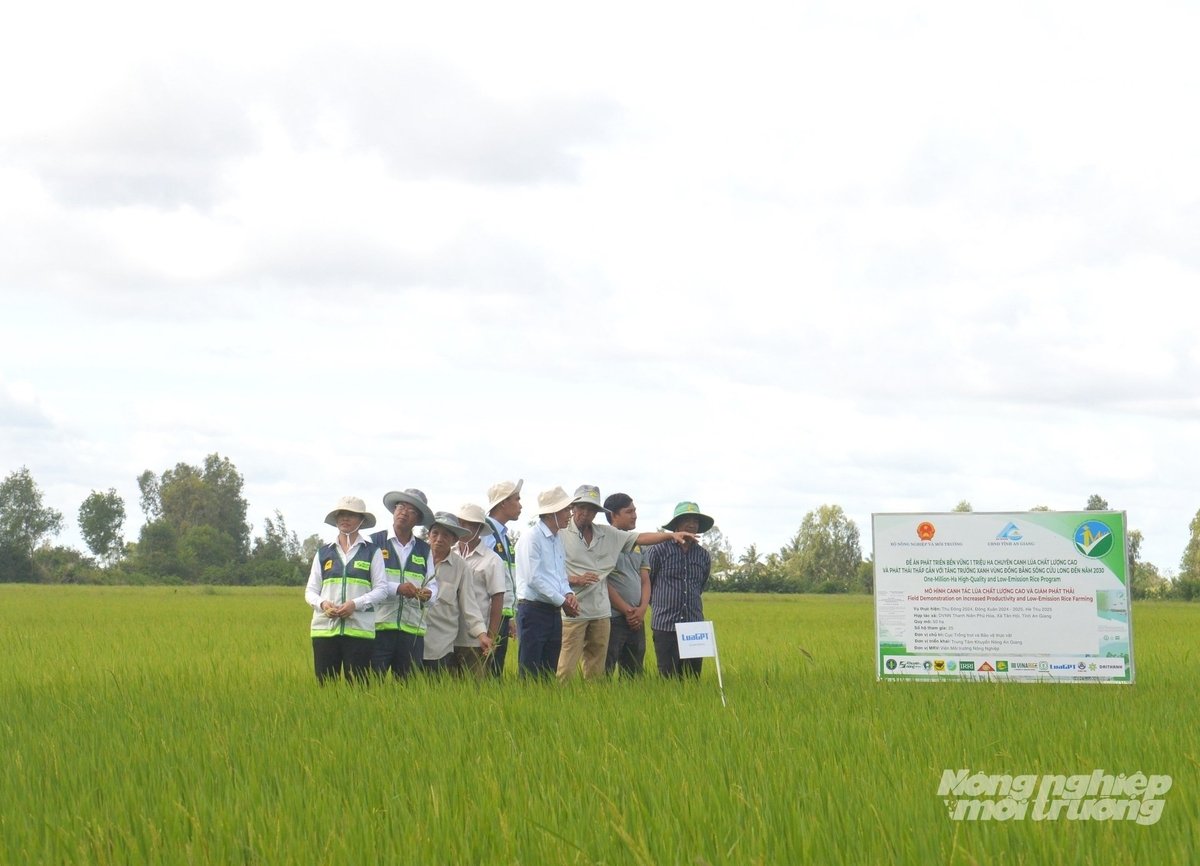
An Giang is currently the leading province in the region in implementing the Project of 1 million hectares of high-quality and low-emission rice cultivation with more than 150,000 hectares meeting green criteria, mainly implemented in the Long Xuyen Quadrangle. Photo: Trung Chanh. .
Many new models have been applied effectively such as rice - shrimp, rice - fish, vegetable and fruit tree cultivation according to VietGAP, GlobalGAP, drip irrigation sensor application, smart water management. Thanks to that, material costs have been reduced by about 20%, irrigation water has been saved by 30%, productivity has been increased by 10 - 15%. The cooperative economy has developed dynamically, the whole province has nearly 700 cooperatives and more than 3,500 cooperative groups, becoming the "backbone" of the agricultural product chain.
Along with that, the province focuses on developing deep processing chains, e-commerce, agricultural tourism, linking products with geographical indications and regional brands. Agriculture is not only a livelihood but is becoming a pillar of the green economy and knowledge economy.
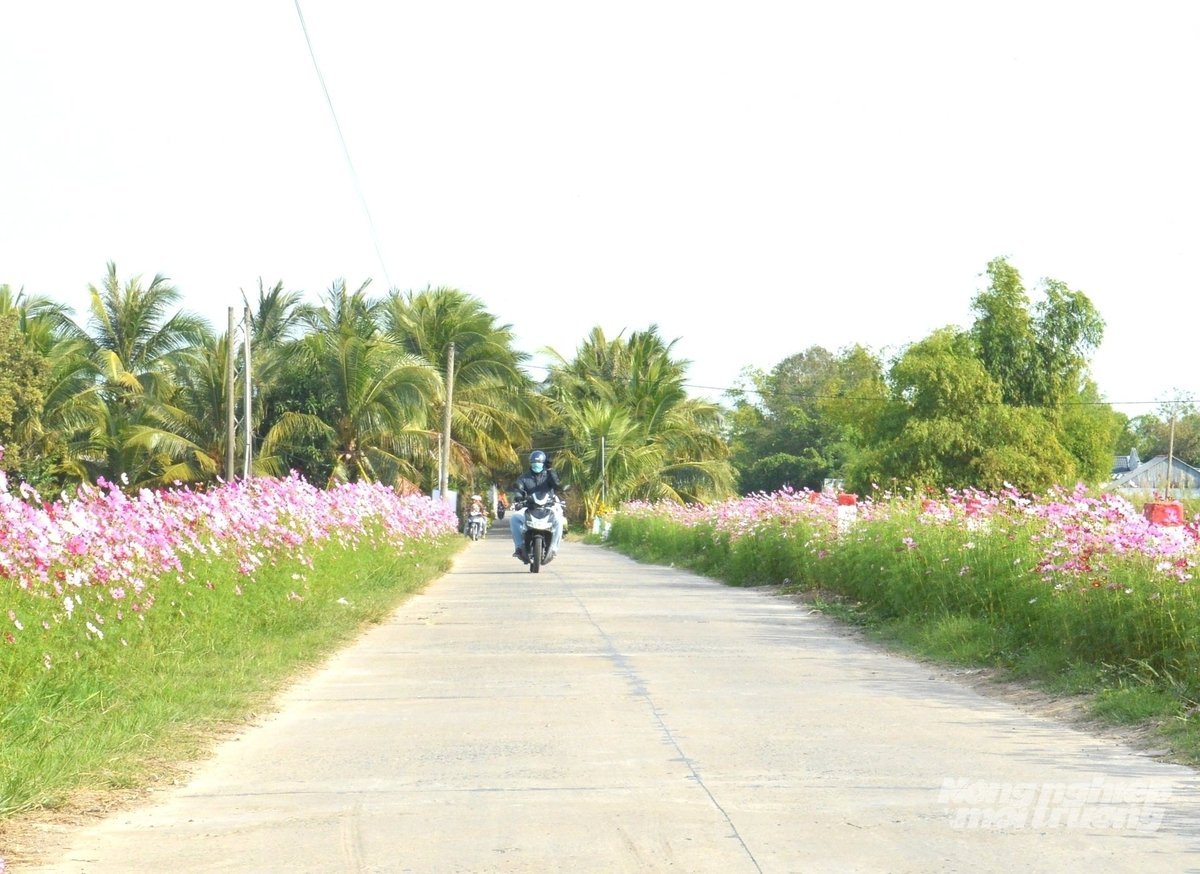
A vibrant rural road cuts through fertile fields in the Long Xuyen Quadrangle. Photo: Trung Chanh.
Today, walking along the Long Xuyen Quadrangle, everywhere are vast rice fields and modern farmers using tractors, transplanters, spraying pesticides, sowing fertilizer by agricultural aircraft, harvesting by combine harvesters. They are the new generation of farmers who have sown the seeds of “miracles from the soil” to continue the dream of their ancestors - turning the land that once had to ask for food aid into the rice granary of the whole country.
Amidst the changing flow of the times, Long Xuyen Quadrangle is a testament to the determination, “with human strength, stones can turn into rice”. Today, Long Xuyen Quadrangle is not only a granary capable of feeding millions of people but also nurtures a great aspiration: to bring Vietnamese rice to the world with green, clean and sustainable values.
Director of the Department of Agriculture and Environment of An Giang province, Le Huu Toan, shared: “Farmers now no longer look for rice to have enough to eat, but for green and clean rice with a story and brand. From the country’s rice granary, An Giang is aiming to become the center of high-quality rice in the region.”
Source: https://nongnghiepmoitruong.vn/tu-vung-thieu-doi-phai-xin-vien-tro-luong-thuc-den-vua-lua-cua-ca-nuoc-d782983.html


![[Photo] Chu Noodles - the essence of rice and sunshine](https://vphoto.vietnam.vn/thumb/1200x675/vietnam/resource/IMAGE/2025/11/11/1762846220477_ndo_tl_7-jpg.webp)
![[Photo] Prime Minister Pham Minh Chinh receives Lao Minister of Labor and Welfare Phosay Sayasone](https://vphoto.vietnam.vn/thumb/1200x675/vietnam/resource/IMAGE/2025/11/11/1762872028311_dsc-2246-jpg.webp)




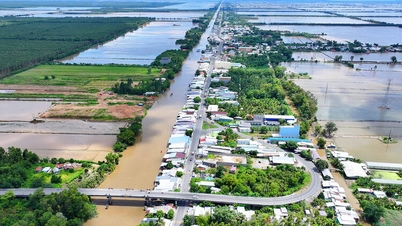

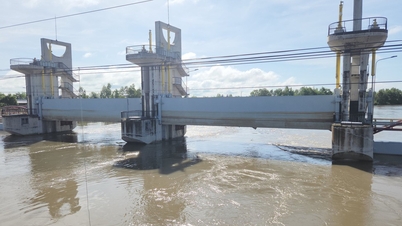


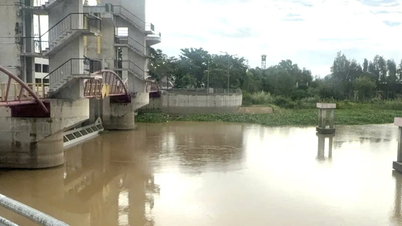







![Dong Nai OCOP transformation: [Article 4] Reaching national standard products](https://vphoto.vietnam.vn/thumb/402x226/vietnam/resource/IMAGE/2025/11/11/1762825820379_4702-cac-san-pham-trai-cay-chung-nhan-ocop-nongnghiep-174649.jpeg)


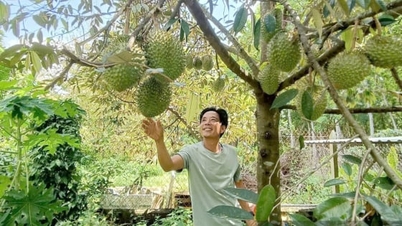










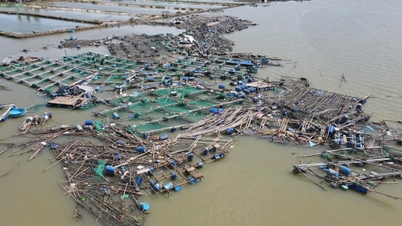






















































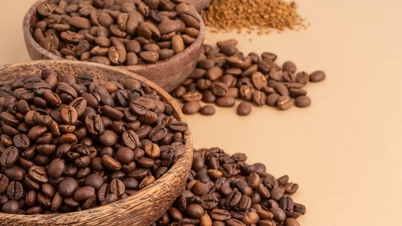




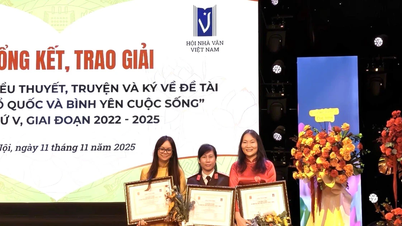




![Dong Nai OCOP transition: [Article 3] Linking tourism with OCOP product consumption](https://vphoto.vietnam.vn/thumb/402x226/vietnam/resource/IMAGE/2025/11/10/1762739199309_1324-2740-7_n-162543_981.jpeg)



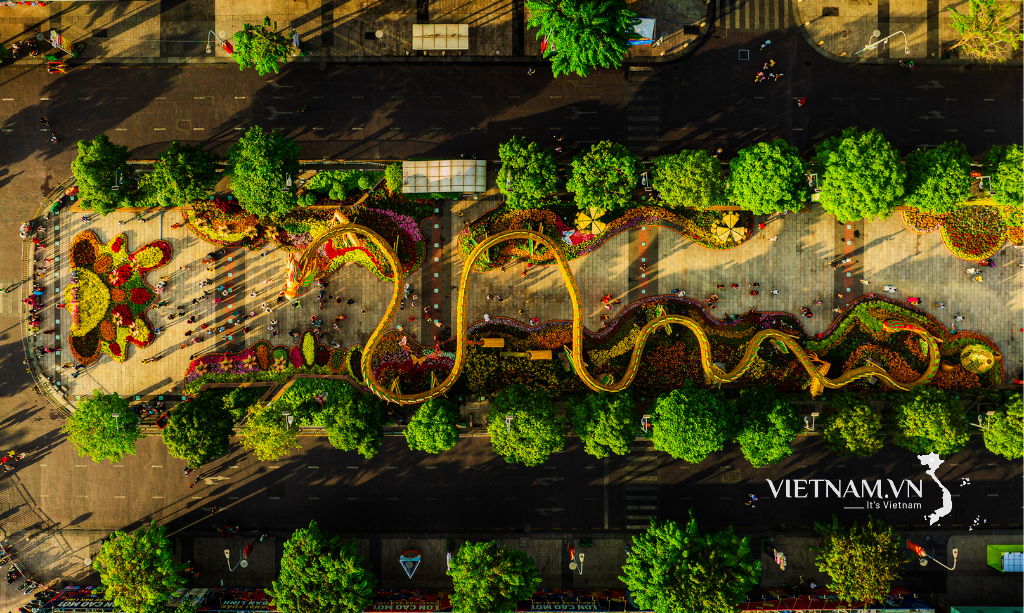


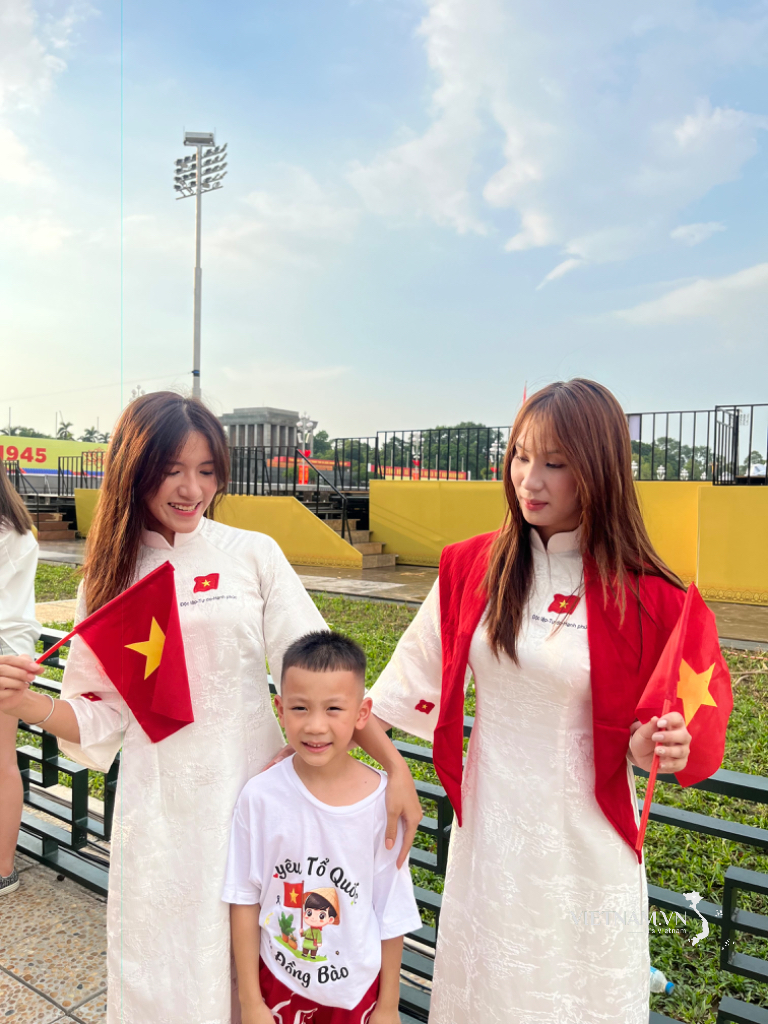
Comment (0)